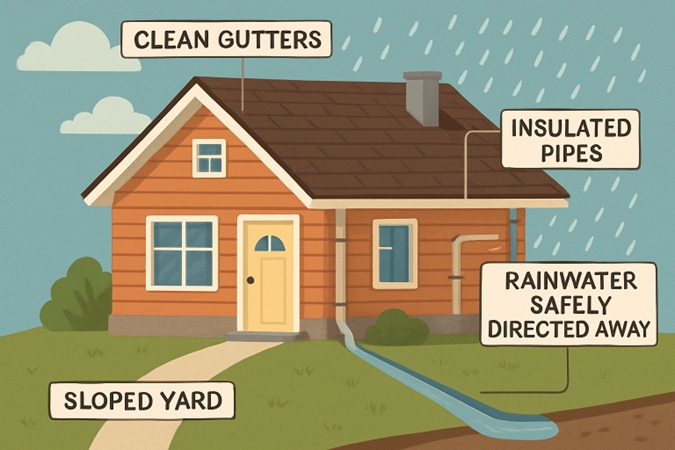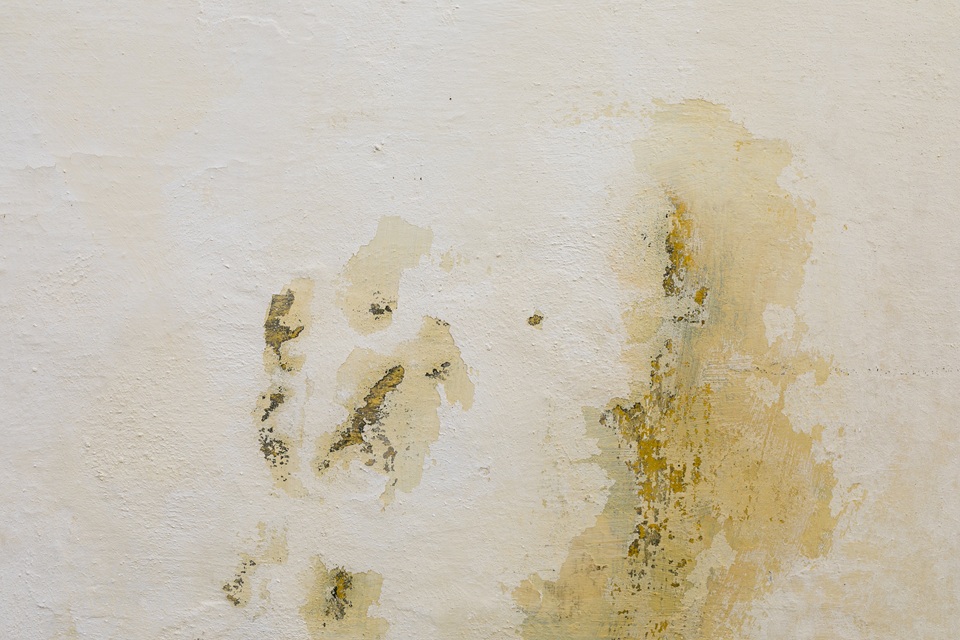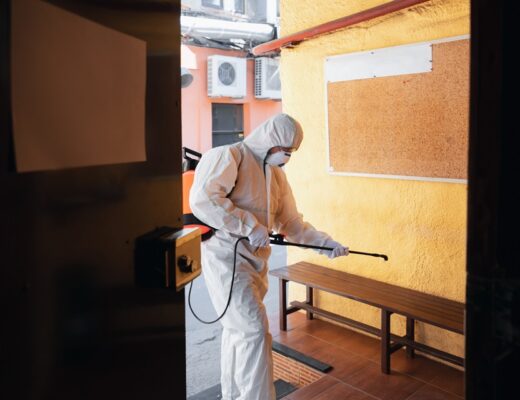Water damage threatens not only the structure of your home but also your comfort and peace of mind. Addressing potential sources of water issues early can help you avoid expensive repairs and ongoing health concerns. Implementing simple yet effective prevention strategies is the best line of defense for every homeowner—and when issues do arise, professional water damage restoration can be crucial in limiting the impact on your property and lifestyle.
Securing your home against water damage requires a broad approach, ranging from routine maintenance to modern technology. By regularly monitoring vulnerable areas and upgrading your home’s water protection systems, you can enjoy greater security throughout every season.
Not only do these strategies help with internal leaks and breakdowns, but they also protect against the threat of severe weather events and outside flooding. Being proactive in both aspects ensures that your home’s defenses are strong and reliable, giving you one less thing to worry about as a homeowner.
Table of Contents
Regular Inspection Of Appliances & Plumbing
Frequent checks of household appliances and plumbing connections are essential for preventing water leaks. Focus on dishwashers, washing machines, refrigerators, and under sinks, especially prone to unexpected drips or ruptures. Replace aging hoses with sturdy, steel-braided alternatives and regularly check joints for signs of corrosion or wear. Even minor leaks should be addressed immediately, as they can quickly escalate into major flooding or structural damage if left unchecked. According to Consumer Reports, promptly attending to small maintenance issues is the most reliable way to keep water damage at bay.
Maintaining Gutters & Downspouts
Neglected gutters can quickly fill with debris and clog, allowing water to overflow and saturate your home’s foundation. Installing mesh gutter guards and cleaning gutters twice a year, especially after periods of heavy foliage, helps prevent blockages and minimizes the risk of costly storm damage restoration. Also, check that downspouts extend at least six feet from your foundation. Directing runoff away from your home helps protect against basement flooding and exterior water damage, one of the top causes of insurance claims, as Wirecutter by The New York Times notes.
Installing Leak Detection Systems
The latest smart home leak detectors provide early warning signals if water is detected in high-risk areas, including basements, near water heaters, and beneath sinks. These systems are especially valuable for frequent travelers or homeowners with finished basements, as they can send alerts directly to your smartphone. Quick detection gives you time to respond, minimizing repair costs and damage extent.
Ensuring Proper Home Drainage
The slope of your yard plays a major role in safeguarding your foundation from water intrusion. Ensure that the soil around your property slopes away from the foundation, encouraging water to flow outward and not pool near the house. Downspouts should empty at least ten feet from the structure, using extensions if necessary to reach a safe distance. For homes in low-lying or flood-prone areas, consider installing a sump pump as an extra layer of defense.
Monitoring Water Pressure
High water pressure may seem harmless, but it is often a hidden threat to your plumbing. Use a pressure gauge to check your system regularly, keeping readings within the recommended 40-60 PSI range. If your home’s water pressure routinely exceeds this limit, a pressure regulator should be installed to prevent burst pipes or leaking valves that can cause significant damage over time.

Insulating Pipes To Prevent Freezing
Winter’s freezing temperatures are one of the biggest risks to your plumbing. Pipes in unheated basements, attics, or exterior walls should be wrapped with insulation sleeves to prevent freezing and bursting. In northern climates, maintain your home’s interior temperature above 10°C (50°F), even when you are away, to prevent cold spikes from damaging your pipes and leaving you a flooded home to clean up.
Maintaining Roof Integrity
Your roof is the first line of defense against rain and snow. Inspect it at least twice yearly, and after every major storm, for missing or damaged shingles and flashing. Replace any worn materials and clear out debris to prevent pooling water from infiltrating the attic or walls. Proper roof maintenance extends the lifespan of your home and lowers the risk of serious water-related problems.
Landscaping To Direct Water Away
Landscaping is more than curb appeal; it plays a critical role in water defense. Remove fallen limbs and overhanging branches near the house to prevent roof or siding damage during storms. Choose native plants for their deep roots, which help absorb rainwater and limit soil erosion. Smart landscaping can protect your home from standing water that might otherwise threaten your foundation.
Final Thoughts
Preventing water damage is an ongoing effort that combines routine maintenance, smart technology, and proactive landscaping. By addressing potential vulnerabilities early—whether through regular appliance inspections, proper gutter care, leak detection systems, or roof and pipe maintenance—you protect your home’s structure and safeguard your comfort, health, and finances. While no home is entirely immune to unexpected events, staying vigilant and partnering with professional water damage restoration services when needed ensures that any issues are addressed promptly and effectively. These steps empower homeowners to enjoy peace of mind and a safe, resilient living environment year-round.







No Comments